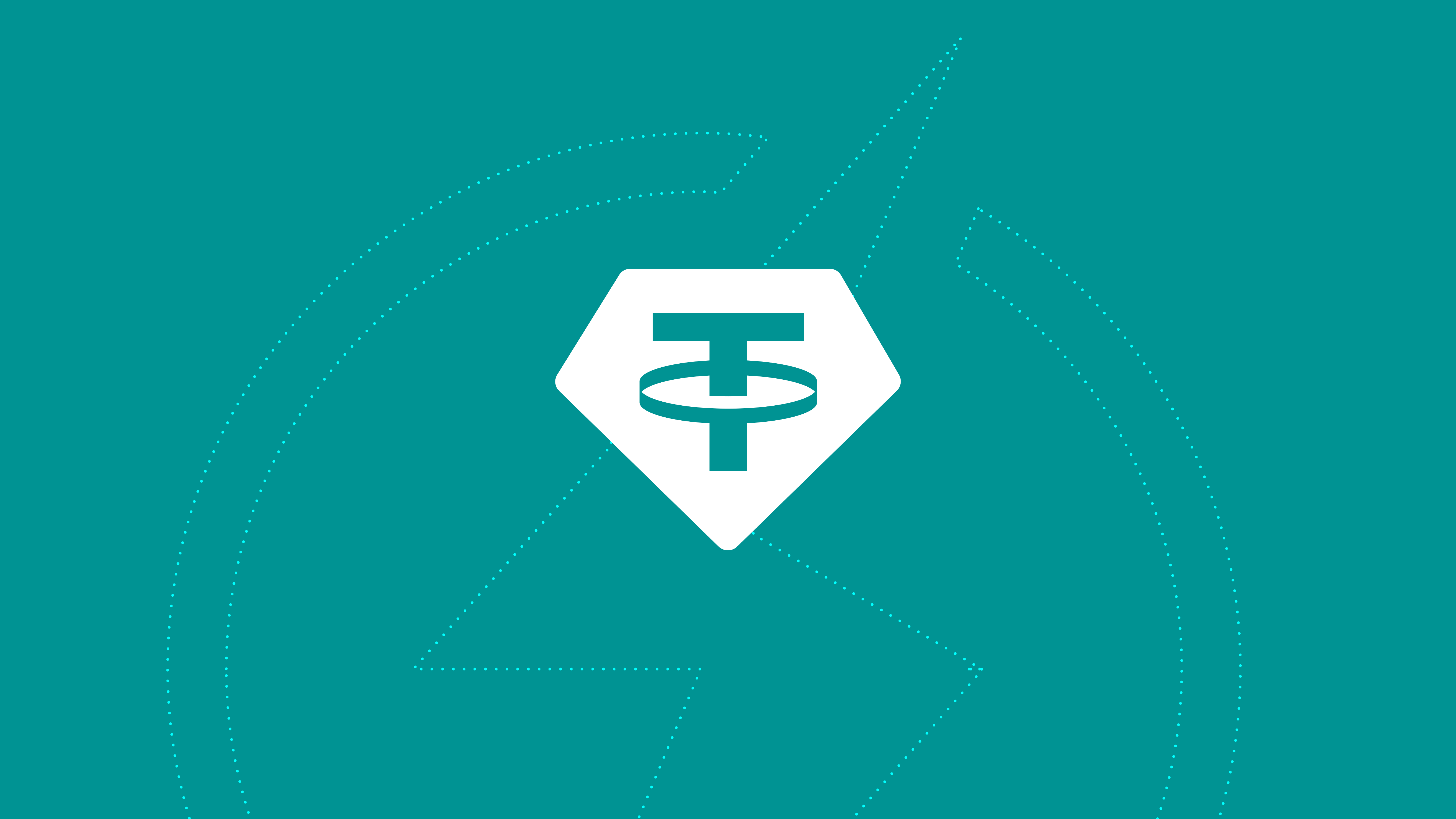
Tether USDT, the Controversial Stablecoin
Summary 2024
Tether (USDt), the first and most popular stablecoin, has faced numerous scandals over its claimed reserves, regulation evasion, and questionable financial practices.
https://tether.to/en/
Despite assurances of being backed 1-to-1 by USD, investigations and lawsuits suggest otherwise, raising doubts about its stability and transparency. Many see Tether as a high-risk “black hole” in the crypto ecosystem, and its rapid growth has fueled speculation about its role in artificially propping up cryptocurrency prices.
A Little Bit of Background
Created in 2014, Tether promised to be a “stable” crypto asset, pegged to the U.S. dollar to avoid the volatility of traditional cryptocurrencies like Bitcoin. It quickly gained traction as a bridge between fiat currency and crypto. However, the lack of regulation and transparency surrounding Tether’s reserves has attracted scrutiny from investors, financial analysts, and regulators.
Major Scandals and Controversies
Unverified Reserves
Tether has repeatedly claimed that each issued USDt is backed by a U.S. dollar held in reserve. However, in 2019, Tether admitted in a court case that only 74% of its tokens were backed by cash or cash equivalents. Tether’s reserve breakdown later revealed a large portion of assets in “commercial paper” (short-term corporate debt), raising doubts. Analysts argue that if Tether held such a significant amount of global commercial paper, it would be more visible in financial markets, yet few reputable firms acknowledge dealing with Tether.
Legal Issues with the New York Attorney General (NYAG)
In 2021, Tether and its sister company, Bitfinex, settled an investigation by the NYAG for $18.5 million over misleading statements regarding the reserves. According to the NYAG, Tether attempted to cover up an $850 million loss by commingling customer and corporate funds. Tether was banned from doing business in New York following the settlement but admitted no wrongdoing, further deepening doubts about its financial practices.
Connections to Money Laundering
Tether has faced allegations of facilitating money laundering through connections to Crypto Capital, a payment processor accused of laundering funds for international criminal groups. Crypto Capital’s president was arrested for laundering money for drug cartels, yet it was entrusted with hundreds of millions by Tether, casting a shadow over Tether’s due diligence and risk management practices.
High Interest Rates and Ponzi-Like Structure
Some crypto exchanges offer unusually high interest rates (6-12%) for holding Tether, sparking concern that Tether may operate similarly to a Ponzi scheme, using funds from new investors to pay redemptions. Skeptics suggest Tether’s rapid expansion is linked to risky investments or backdoor deals rather than sound financial backing.
Lack of Auditing
Tether has promised audits since its inception but has only provided “attestations” from small Cayman Islands firms rather than thorough audits by major accounting firms. Without audits, there is no concrete proof of Tether’s claimed reserves, leaving investors to rely on Tether’s word. Many see this lack of transparency as a significant red flag.
Current Status and Concerns
With a market cap around $70 billion, Tether remains a foundational asset in the crypto economy, especially for exchanges lacking direct access to fiat banking services. However, its opaque practices continue to spark fears that Tether could collapse if faced with mass redemptions or intensified regulatory crackdowns. Critics like NYU professor Nouriel Roubini and Ethereum co-founder Vitalik Buterin have called it a “time bomb” and “black hole.”
Tether’s importance to the crypto market is immense, yet its foundation remains shrouded in mystery. As regulatory pressures mount, the lack of verified reserves and past missteps suggest a precarious future. Whether Tether will implode under its own weight or adapt under new regulations remains uncertain, but investors are increasingly wary of its long-term viability.
